January is not a particularly pretty month in the Mid-Atlantic garden. Few plants are in bloom, there's barely any green in sight and there are months of snow-covered bareness to look forward to. Chilly temperatures are settling in for a long winter's stay, and the frigid winds make most gardening tasks things to avoid.
Most of our feathered friends, save the cardinals and jays, have taken off to more temperature climates, and birdsong is sorely missed. This month let's prepare for the return of spring, take care of our avian friends who remain and seek out moments of beauty.
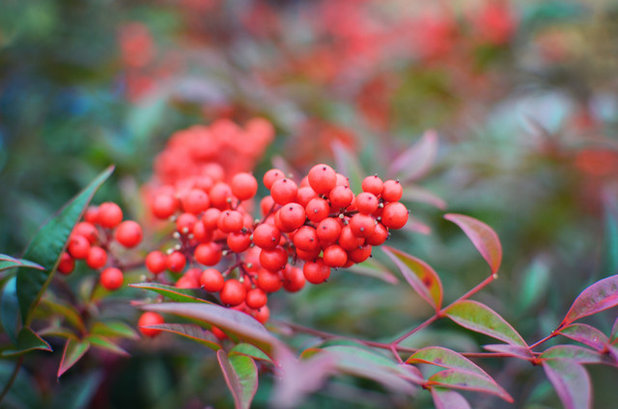
Amy Renea
There may not be flowers, but a few berries persist on the hardiest of plants. While you might have used some for Christmas decor, make sure to leave as many as you can on the plants for the birds that remain. This source of food is vital to them this month. If you did use berries in decorations, be sure to toss them back outdoors for the critters.
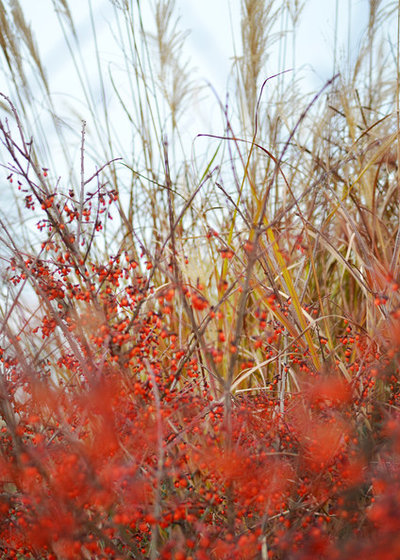
Amy Renea
One of the prettiest sights in my winter garden is the contrast of brilliant red against the wheat-colored hues of winter grasses. I leave them both standing as long as possible, but the snow and ice will claim the grasses at some point this month. When they have lost their upright posture and are bent and hanging like sad, limp spaghetti, it will be time to take the chain saw to the ornamental grass clumps.
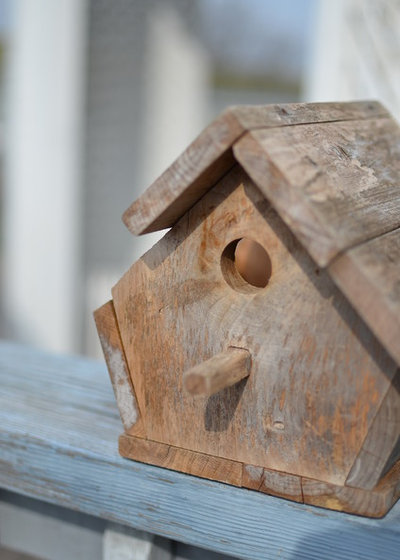
Amy Renea
While most birds have escaped the grasp of the Mid-Atlantic winter, some will begin scouting and seeking out spring homes for their families. Now is a good time to get birdhouses back into prime shape so they will be ready in late winter for the birds to call them home.

Amy Renea
Remember those grasses that will get chopped down? They are the perfect bedding for a chicken coop or an addition to the compost pile. Don't waste them!
This is also the time to add a dirt or sand bath to the coop for your feathered friends. Once the ground has frozen, they will not be able to bathe as they need to, so a small box of loose dirt and sand is a necessity.
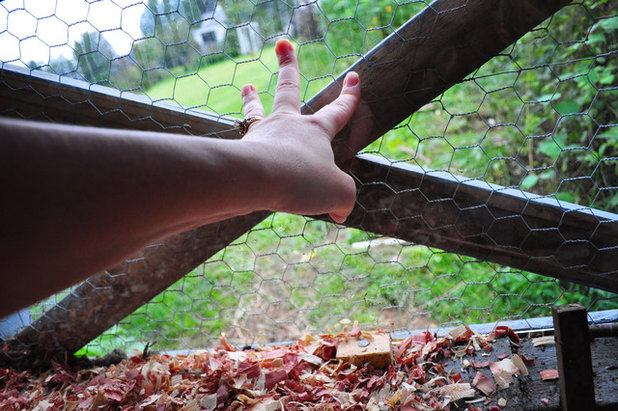
Amy Renea
Also make sure that your winter coop is warm enough for the hens. Though chickens can withstand a surprising amount of cold, a simple pane of glass to break the wind in the coop can make their life much more pleasant. You might also consider a heat lamp depending on the age and location of your flock.
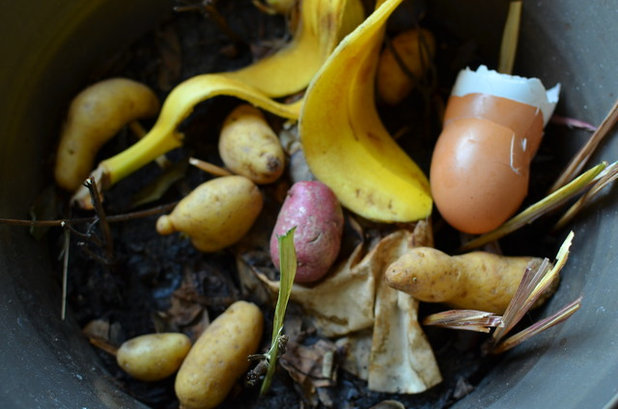
Amy Renea
January is the month that I really start getting into my compost pots (also called winter pots or trash pots). Basically, the compost process has slowed down, and it is far too many steps through icy snow to the pile, so I make these compost pots all winter long. I keep a stack of empty, clean pots on the porch and one by one, I fill them halfway up with our kitchen compost.
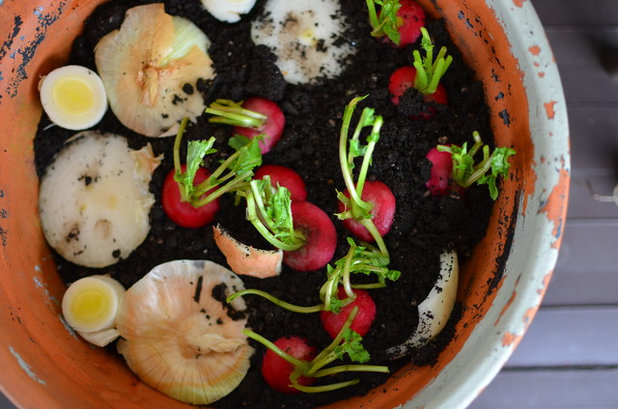
Amy Renea
Once the winter pots are half full, I add a layer of potting soil, then pantry plants such as sprouting potatoes, radish and onion tops, and leek roots. Topped off with another layer of potting soil, these plants will start growing indoors and will be able to be planted outside in mid-March.
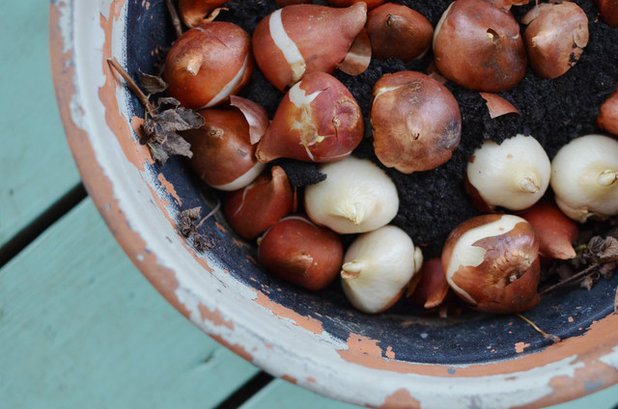
Amy Renea
These pots also work well for winter bulb forcing. Simply fill the pot halfway with compost materials, then add a layer of soil and a thick layer of spring bulbs. Cover the bulbs with soil and place the pots in a cool, dark locaiton for a few weeks, then bring them out into the warmth of your home and water away. In a few more weeks, tulips, daffodils and crocuses will start peeking their heads up for a springtime preview.
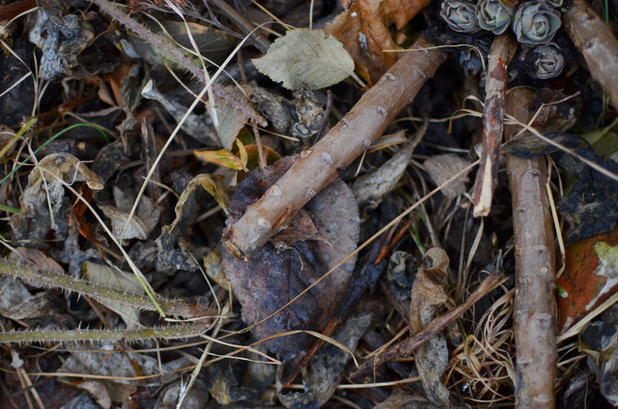
Amy Renea
Meanwhile, tiny little buds and baby plants will start showing up outdoors. Protect and cover these buds so they will survive the long winter ahead.
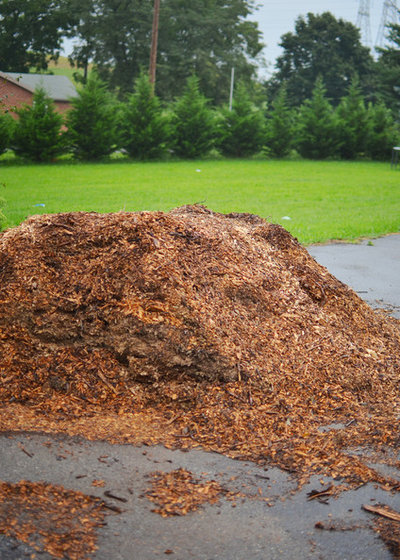
Amy Renea
Mulch piled on top of budding plants and roses can mean the difference between life and death by the time April rolls around. Leaves, burlap and pine needles are other good protectors for your fragile plants.
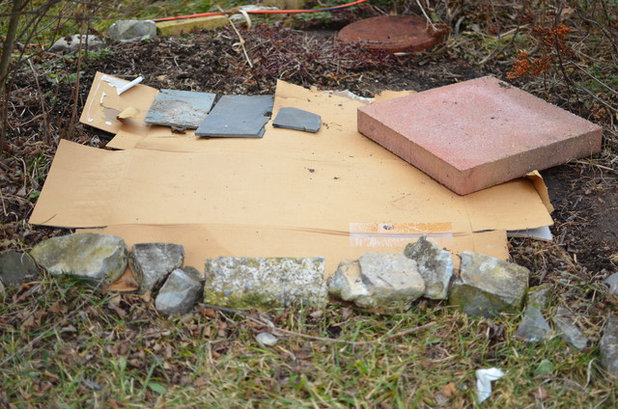
Amy Renea
If I get a few relatively pleasant days in January, I start laying out my beds and weed barriers for spring. Simply lay down old cardboard boxes, newspaper or weed block and weight them down with rocks or bricks. Top the cardboard with a layer of compostable material (if you wish) and then a layer of mulch. It will all begin breaking down over winter but will still provide weed-blocking benefits by spring.
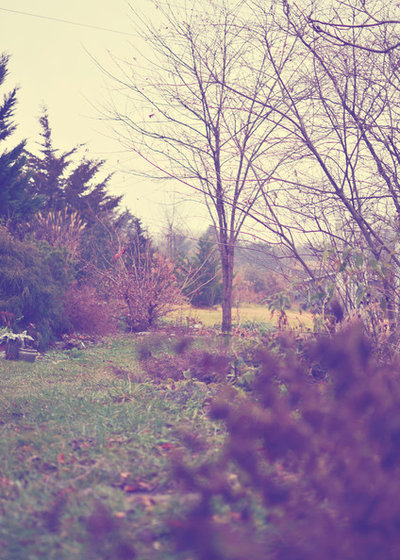
Amy Renea
So while things might not look pretty, put on those rose-colored glasses and look at January's garden in a new light. This is a time for renewal in the garden. It is a chance to start again, to protect the new life trying to grow, and a time to slowly prepare for the next growing season. Take time to enjoy the hidden bits of beauty and to dream of what will be in just a few months!





